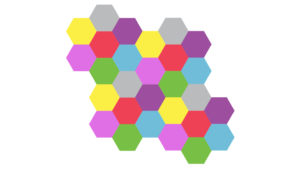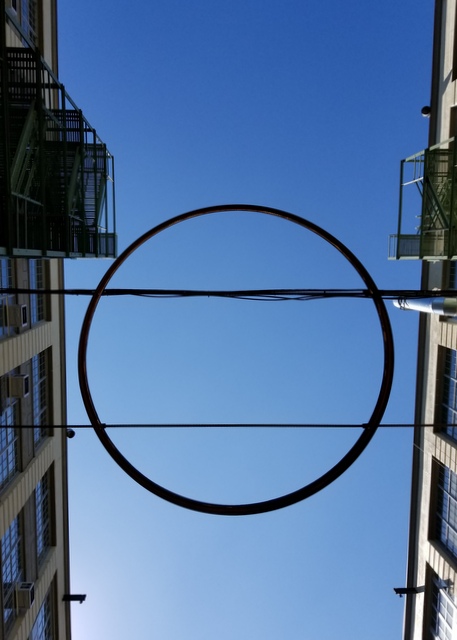 My latest column for Quanta Magazine explores the elementary geometry underlying an open problem in mathematics that has been given new life thanks to a recent, surprising discovery.
My latest column for Quanta Magazine explores the elementary geometry underlying an open problem in mathematics that has been given new life thanks to a recent, surprising discovery.
The Hadwiger-Nelson problem, also known as finding the chromatic number of the plane, involves determining the minimum number of colors necessary to color every point of the plane subject to a specific restriction.
Consider the standard geometric plane, an infinite expanse of points in two dimensions. Your task is to color each of the infinitely many points in the plane. You might wish to color the entire plane red, or maybe half red and half blue, or maybe you’d splatter the color like in a Jackson Pollack painting. But there’s one rule in our plane coloring problem: If two points are exactly 1 unit apart, they cannot be the same color. Can you color every point in the plane without violating this rule?
“Of course!” you might say, “I’ll just use infinitely many colors.” There is a certain elegance to this sneaky approach (setting aside the philosophical question of whether infinitely many colors exist), but can you do it with finitely many colors? And if so, how many different colors would you need?
Though studied for nearly 70 years, the Hadwiger-Nelson problem remains unsolved, but an unexpected discovery earlier this year has narrowed the possibilities. In my column, I explore elementary approaches to establishing both upper and lower bounds on the chromatic number of the plane, and discuss the exciting discovery that has re-energized the mathematical community around this problem. You can read my full article here.




